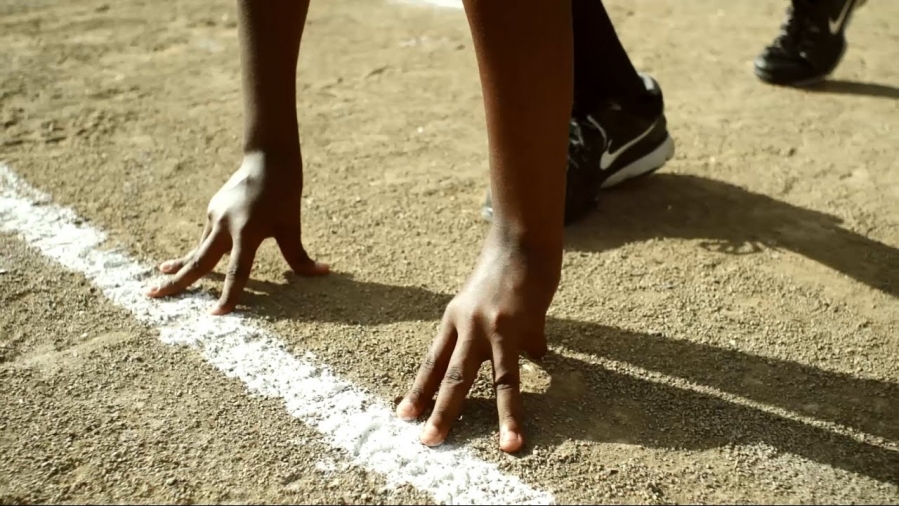Sports
Is It Possible For People With Haemophilia To Perform Sports?

Haemophilia is a type of genetic disorder that prevents the proper clotting of blood when a person suffers an injury. There’s no cure for haemophilia, so it is important to raise people with this disorder as a person, not as a lifetime patient. It is perfectly possible for people with haemophilia to become active individual, but with some extra precautions. They don’t need to stay inside the home all the time and stay away from sharp objects. If they are able to achieve this, it is possible for them to become active, without ever bleeding. Active people have excellent coordination and balance, which further prevents the possibilities of falls and injuries. The first type of swimming that should be introduced with haemophilia is swimming.
Swimming offers reduced risks of injuries, of course if you are mindful about slippery floors. After becoming active swimmers, people with haemophilia should find that things are easier on their joints. This will also improve the muscle strengths on their bodies. Both can become the basis for other physical activities. After becoming adequate swimmers, people with haemophilia could choose other more risky activities. They could perform bike riding. With stronger muscles and joints flexibility, it is the time for them to improve their balance. There are obviously required protections to avoid possible injuries. They need to wear helmets and pads to prevent injuries, if accidents do occur. Beginners should also perform on smooth tracks, before choosing more challenging ones, so they are able to improve their balance first.
By becoming more balanced, it is possible for people with haemophilia to avoid injuries in their daily lives. Surprisingly, there will be no severe crashes, if they are careful and use proper precautions, such as wearing a helmet. After they become more balanced, it is a good idea to become much more active. Soccer is a relatively risky sports for people with haemophilia, because impacts could potentially cause internal bleeding. Even so, friends and team mates can be informed about this situation. It means that team mates can go easier when facing someone who has haemophilia. Fencing is a relatively safe sports, because of the protection used by players. This is a good activity to improve speed and reflexes among players.
Tennis should also be a good thing that we should do with the family. People with haemophilia could start with a slower pace and then improve their speed as they become more proficient. Volleyball can also be performed by people with haemophilia, although there are always risks for ankle and finger bleed. However, with ankle braces as a protective measure, we should be able to reduce the overall risks. For people with haemophilia, it is important to become physically fit. There are always some accidents and people who are active will bleed. Even so, occasional blood transfusions and treatments are small price to pay, if people with haemophilia want to become active and healthy. Sports are essential in our lives.
-

 Tech11 years ago
Tech11 years agoCreating An e-Commerce Website
-

 Tech11 years ago
Tech11 years agoDesign Template Guidelines For Mobile Apps
-

 Business6 years ago
Business6 years agoWhat Is AdsSupply? A Comprehensive Review
-

 Business10 years ago
Business10 years agoThe Key Types Of Brochure Printing Services
-

 Tech8 years ago
Tech8 years agoWhen To Send Your Bulk Messages?
-

 Tech5 years ago
Tech5 years ago5 Link Building Strategies You Can Apply For Local SEO
-

 Law5 years ago
Law5 years agoHow Can A Divorce Lawyer Help You Get Through Divorce?
-

 Home Improvement6 years ago
Home Improvement6 years agoHоw tо Kеер Antѕ Out оf Yоur Kitсhеn































